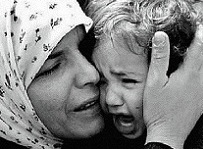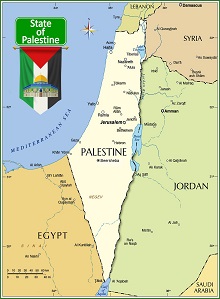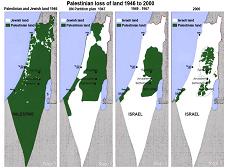 The Minsk Agreements Explained
The Minsk Agreements Explained
Signed in 2014 and 2015 by representatives of Ukraine, the Donetsk and Lugansk People's Republics, Russia, France and Germany, the Minsk Agreements failed to bring a peaceful resolution to the conflict in Donbass. | Speaking at a meeting of the Council for the Development of Civil Society and Human Rights on Wednesday, Russian President Vladimir Putin, mentioned the issue of the 2014 Minsk Peace Agreements. The Russian president said that western politicians prefer to remain tight-lipped when he reminds them of the accords, which were supposed to pave way for the peaceful resolution of the conflict in Ukraine but ultimately failed to do so. so what exactly were these agreements about and what prompted the parties involved to sign them? ● The first of these accords, the Minsk Protocol, was signed on September 5, 2014, with an updated version of it, known commonly as the Minsk-2 Accords, being signed on February 12, 2015, when the previous iteration of the agreement failed to bring an end to the fighting. The documents are in full known as “the Protocol on the results of consultations of the three-member Contact Group on joint steps aimed at the implementation of the peace plan by Ukrainian President Petro Poroshenko and the initiatives by Russian President Vladimir Putin.” Poroshenko became the president of Ukraine following the overthrow of Yanukovich during the Maidan coup.




